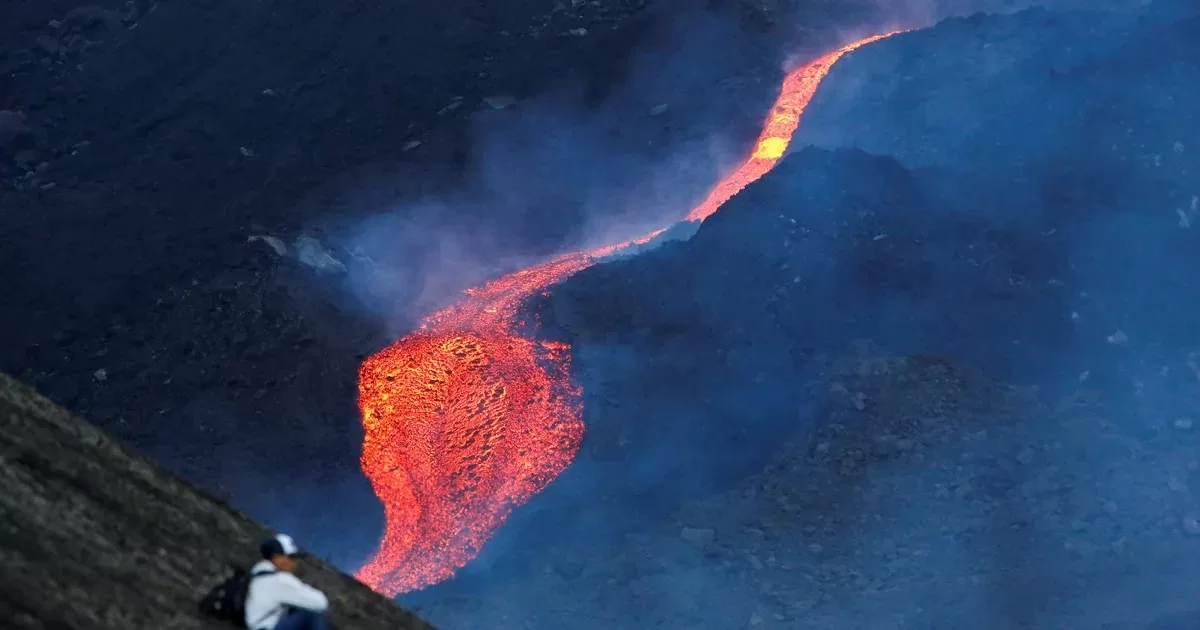This is the historic image that remains of Lula’s investiture ceremony in Brazil. The president from the Workers’ Party (PT), elected last October with nearly 50.90% of the vote against Jair Bolsonaro (49.1%), climbs the steps of the presidential palace with citizens who represent all the diversity of the Nation: Raoni Metuktire, the emblematic defender of the Amazon rainforest, a black child, a metalworker (like Lula), a cook, a teacher, a young handicapped person. Finally, a 33-year-old black employee hands him the presidential sash. The absence of Jair Bolsonaro, who had gone to “recharge” in Florida, forced the protocol to imagine a new kind of inauguration ceremony. Since the end of the military regime in 1985, this is the first time that an outgoing president has not submitted to the symbolic exercise of the transfer of power in Brazil.
During the electoral campaign, already, Lula had posed as the candidate eager to heal the wounds of a Brazil bruised by four years of provocations and incompetence at the top of the state. Hence the idea, hammered home in recent weeks, of a “pacification government” aimed at “repairing” the continent’s leading economic power, which is so fractured today. Lula knows it: 58 million Brazilians preferred to vote for Jair Bolsonaro in the second round and consider the leader of the left as a “dangerous communist” who wants to make Brazil a kind of Nicolas Maduro-oriented Venezuela and a “thief” who has made a stay in prison for corruption before being cleared.
If Lula is, until proven otherwise, none of this, these images, reinforced by the digital ecosystem of fake news of the extreme right, still stick to his skin. It is therefore through action that he must mend this Brazil and offer a perspective to this conservative electorate who have turned their back on him. The site is gigantic, as the new administration says it has found a “devastated” state. It remains to be seen whether he will manage to do so when the economic outlook is less favorable than during his previous mandates. Before starting the “major projects”, the president has already issued a series of decrees to reverse the measures of his predecessor. This unraveling concerns the privatization of companies, access to firearms, the dismantling of certain environmental institutions in the Amazon or even certain measures linked to the Covid-19 pandemic. But will that be enough to reunite opinion? Another no less delicate question: how to appease the country when the left-wing leader is preparing to withdraw positions from the 6,000 soldiers that Bolsonaro has placed in the administration?
It will take more than goodwill to restore the link with a population that gives in to fake news, anti-science discourse and racist and reactionary rhetoric. A skilful and experienced politician, Lula has already forged alliances in Congress, notably with Arthur Lira, president (Bolsonarist) of the Chamber of Deputies. The new president also has another asset with his vice-president, Geraldo Alckmin, because this centrist technocrat reassures economic circles and the powerful agribusiness sector.
Finally, thanks to social programs, Lula intends to restore his image of “president of the poor”, which served him so well during his first two terms in the 2000s. As he repeats in all tones, his main objective is to offer a meal morning, noon and evening to the 33 million people who are food insecure. While the World Food Program (WFP) took Brazil off its “hunger map” in 2014, Latin America’s most populous country has returned there in 2021. Filling the plates of underprivileged Brazilians could feed the story of a reunited Brazil.


